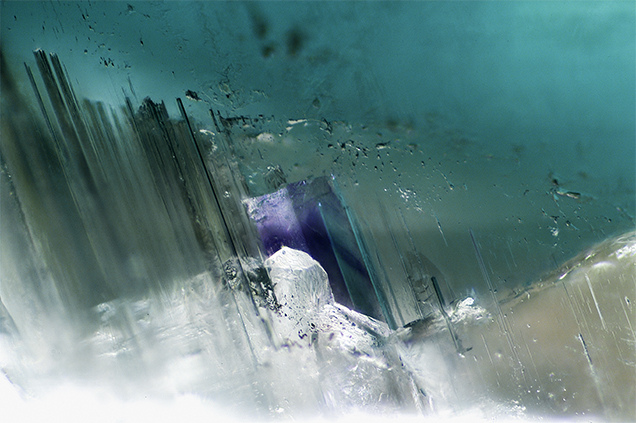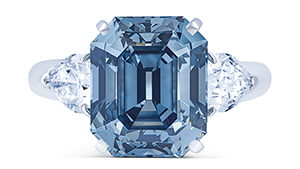GIA History: A Tradition of Science and Education

Established in 1931, the Gemological Institute of America is the world’s foremost authority on diamonds, colored stones and pearls.
GIA exists to protect all purchasers of gemstones, by providing the education, laboratory services, research and instruments needed to accurately and objectively determine gemstone quality.
As a nonprofit institute, GIA's mission is to ensure the public trust in gems and jewelry by upholding the highest standards of integrity, academics, science, and professionalism through education, research, laboratory services and instrument development. GIA attained its leadership role through decades of integrity and ingenuity, and everything we do is still driven by this mission.
A Place of Learning
GIA is where students from all over the world build successful careers in the gem and jewelry field. The Graduate Gemologist® (GG) diploma, which focuses on gem grading and identification, is the industry’s highest professional credential. And with its Applied Jewelry Professional™ and Graduate Pearls diploma programs, GIA offers training geared to every aspect of the industry.
A Place of Breakthrough Discoveries
GIA is the global leader in gemological research, and its findings serve to protect the consumer. Using sophisticated technology, Institute researchers analyze thousands of samples each year. When new synthetic gems and artificial enhancement processes enter the marketplace, GIA is there to detect them.
GIA manufactures gemological instruments used by gem and jewelry professionals everywhere. GIA Instruments’ precision microscope and many other products help them buy, grade, and appraise with confidence.
A Place to Turn to for Unbiased Analysis of Gemstone Quality
GIA is the world’s most respected gemological laboratory, entrusted with grading and identifying more gems than any other lab including the Hope, the Taylor-Burton, the De Beers Millennium Star, and the Incomparable. Located in major gem and jewelry centers around the world, GIA laboratories are staffed by expert diamond graders and gemologists, whose work sets the standard for grading practices worldwide.
A Tradition of Discovery and Innovation
Since the 1930s, GIA researchers have made numerous breakthrough contributions to our understanding of gems. These milestones include:
- building the first gemological microscope with darkfield illumination (1938)
- creating the D-to-Z color scale and Flawless-to-I3 clarity scale for diamonds (1953), internationally recognized standards for evaluating diamond quality
- detecting irradiated yellow diamonds (1956)
- determining the color of black cultured pearls to be natural (1961)
- the first study of a new gem, tanzanite (1968)
- the first report on faceted synthetic diamonds (1971)
- identifying glass-filled rubies (1984)
- detecting fracture-filled diamonds (1989, 1994)
- evaluating the durability of emerald filling substances (1991)
- distinguishing natural from synthetic diamonds (1995)
- detecting synthetic moissanite (1997)
- identifying the effect of fluorescence on diamond appearance (1997)
- detecting diamonds decolorized by high pressure/high temperature (HPHT) treatment (1999)
- detecting chemical vapor deposition (CVD) gem-quality synthetic diamonds (2003)
- creating a comprehensive system for grading diamond cut quality (2004)
- development of GIA iD100® gem testing device giving the industry the technology to distinguish natural diamonds from laboratory-grown (HPHT and CVD) diamonds and diamond simulants for colorless to near-colorless diamonds (2017)
- confirmation of diamond origin through scientific matching (2019)
- pink diamond detection functionality available for GIA iD100® gem testing device (2019)


